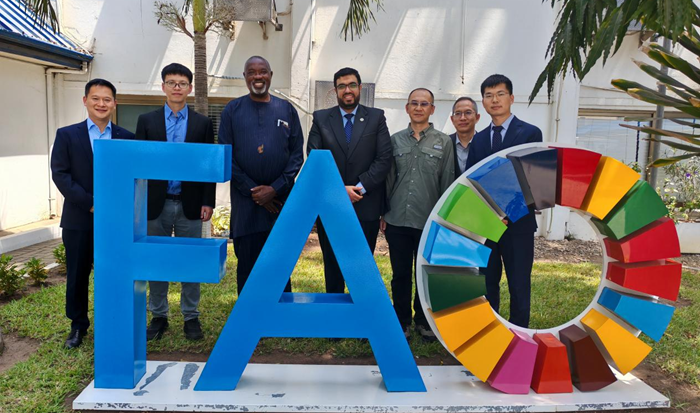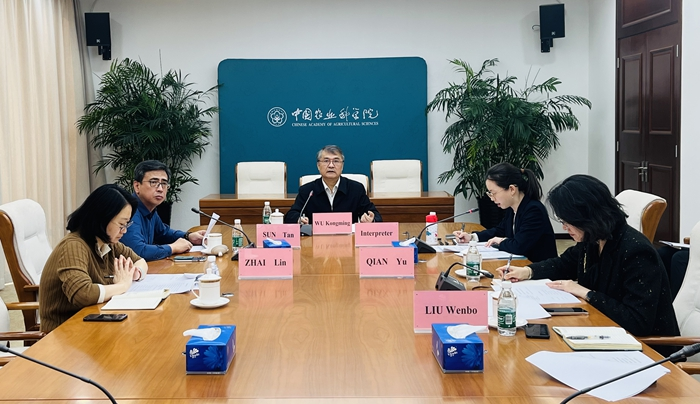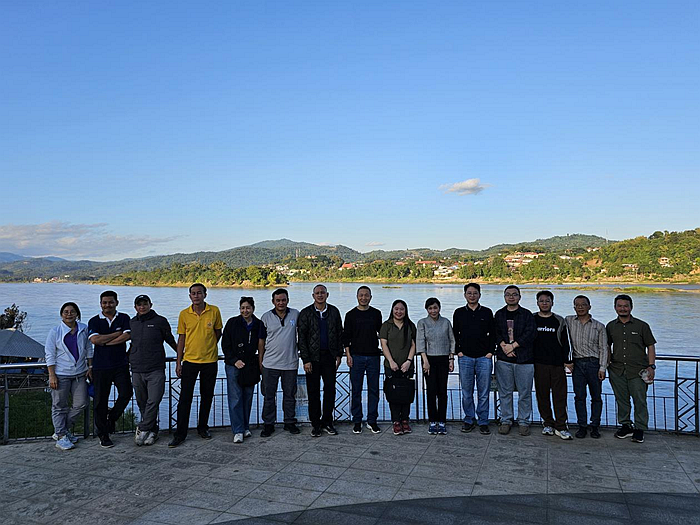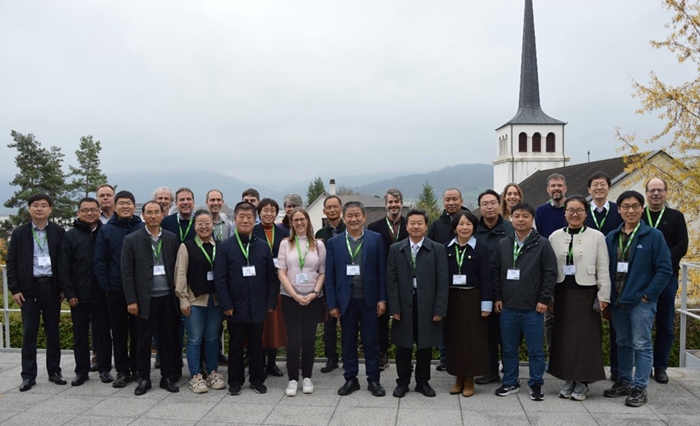A Rice PECTATE LYASE-LIKE Gene is Required for Plant Growth and Leaf Senescence
Pectate lyase (PEL) is an endogenous pectin-degrading enzyme that is capable of cleaving α-1, 4-glycosidic linkages in demethylated pectin by β-elimination. It is a ubiquitous enzyme in higher plants and is encoded by at least 26, 22, and 14 genes in Arabidopsis, poplar (Populus trichocarpa), and rice, respectively. Although several PECTATE LYASE-LIKE (PLL) genes are considered to play potentially diverse physiological roles in plants, such as being expressed in anthers and pollen, and being involved in fruit softening and development, their molecular mechanism in monocots remains largely unknown.
This study was supported by the National Natural Science Foundation of China (Grant No. 31661143006, 91435105, 91535205), National Key Basic Research Program (Grant No. 2013CBA014), and the “Agricultural Science and Technology Innovation Program (ASTIP)” of the Chinese Academy of Agriculture Sciences. The research findings have been published in Plant Physiology online on April 28, 2017.
By Luo Ju
-
 Mar 21, 2025Experts from IPPCAAS Implement FAO-China South-South Cooperation Project to Advance Sustainable Fall Armyworm Management in Ghana
Mar 21, 2025Experts from IPPCAAS Implement FAO-China South-South Cooperation Project to Advance Sustainable Fall Armyworm Management in Ghana -
 Mar 13, 2025CAAS and CGIAR Deepen Strategic Cooperation
Mar 13, 2025CAAS and CGIAR Deepen Strategic Cooperation -
 Mar 11, 2025Call for Logo Design Proposals for the China-Africa Agricultural Science and Technology Innovation Alliance (CAASTIA)
Mar 11, 2025Call for Logo Design Proposals for the China-Africa Agricultural Science and Technology Innovation Alliance (CAASTIA) -
 Jan 21, 2025IAED-CAAS Delegation Visits Thailand for Scientific Cooperation
Jan 21, 2025IAED-CAAS Delegation Visits Thailand for Scientific Cooperation -
 Dec 05, 2024China-CABI Project Development Workshop Held in Delémont, Switzerland
Dec 05, 2024China-CABI Project Development Workshop Held in Delémont, Switzerland
